FUSION ENERGY
SMARTS | PISCES | Confinement Systems | Modeling & Simulation | Plasma Surface Interactions | ICF | Inertial Fusion Energy | Pulsed Plasma Physics | ARIES
Fusion is the process that powers the sun and stars. The form of fusion we study occurs when two atoms of hydrogen fuse to form an atom of helium, releasing some of hydrogen's mass as energy. To overcome repelling forces, hydrogen atoms must be heated to extremely high temperatures until they lose an electron and become plasmas. The atoms must also to be held together long enough to fuse. While the sun and stars achieve this with gravity, scientists use several strategies to heat and confine atoms to the degree required for fusion.
Although we are likely decades away from relying on fusion as a large-scale energy source, it has numerous advantages over fossil fuels. The elements required for fusion are naturally abundant - one gallon of fresh or ocean water has the energy content of 300 gallons of gasoline. Fusion does not produce greenhouse gases or other combustion byproducts harmful to the environment. And well-designed fusion reactors do not produce unsafe radioactive materials.
CER is exploring the challenges and opportunities of fusion energy through the following projects:
SMARTS
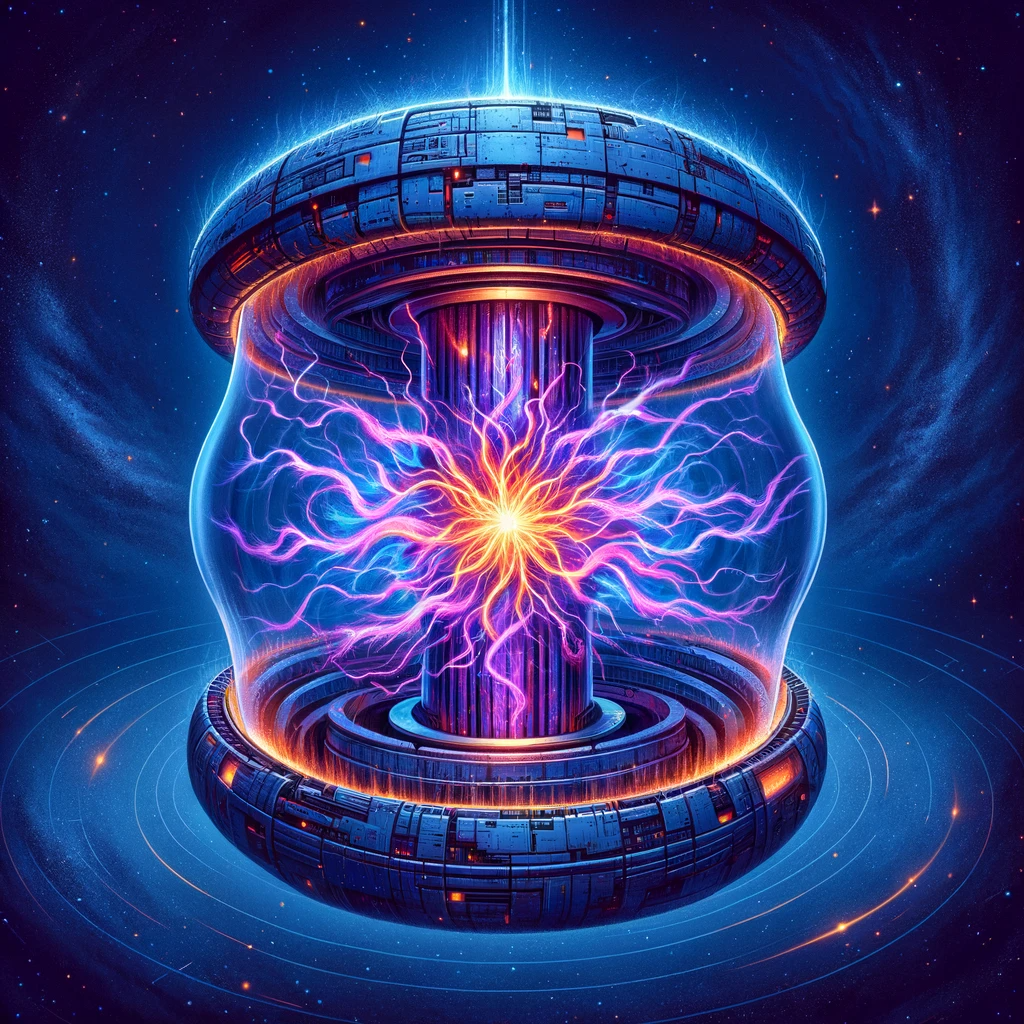
The SMARTS (Surrogate Models for Accurate and Rapid Transport Solutions) is one of 12 SciDAC-5 partnerships between the Offices of Fusion Energy Sciences and Advanced Scientific Computing Research in the US Department of Energy Office of Science.
The SMARTS project aims to provide validated modeling and simulation capabilities that enable accurate and computationally efficient predictions of multi-species particle and thermal confinement in tokamak burning plasmas. To do so, we are combining demonstrated advances in GPU acceleration of gyrokinetic codes, applications of Bayesian optimization and surrogate models to transport in fusion plasmas, and tokamak-integrated modeling capabilities.
Principal Investigators: Christopher Holland.
PISCES
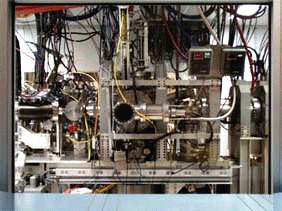
The PISCES program is supported by the U.S. Department of Energy Office of Fusion Energy Sciences. Our team studies how plasmas found in fusion energy systems interact with the material walls of plasma confinement devices. We use state-of-the art facilities and diagnostic techniques to assess the performance and longevity of the plasma-facing materials. This research is critical to the success of the International Thermonuclear Experimental Reactor (ITER), a worldwide project to make the first power producing fusion energy system.
Research Highlight: October 2016
PISCES research videos
Principal Investigators: Russell Doerner, George Tynan
Confinement Systems
Magnetic confinement systems approach fusion power generation through magnetic fields. In this process, a plasma of light atomic nuclei is heated and confined in a tokamak, where it is controlled with strong magnetic fields.
CER’s confinement system collaborations involve three ongoing research program: DIII-D, NSTX, and TCV. Past collaborations include TEXTOR, which is no longer in operation. Read more...
Principal Investigators: Jose Boedo, Eric Hollman, Dmitri Orlov, George Tynan
Modeling & Simulation
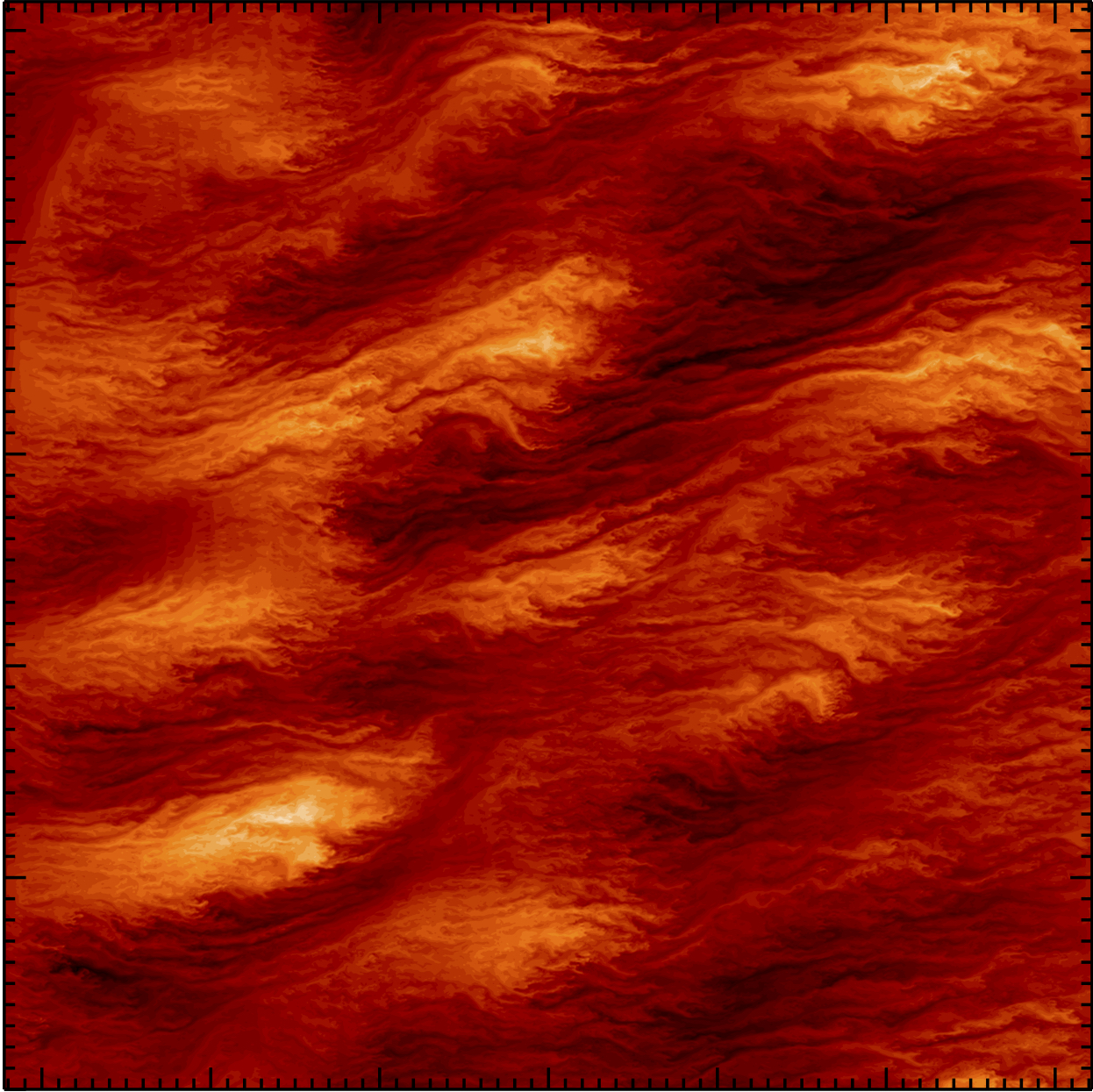
The modeling and simulation group works closely with the CER confinement systems team, as well as avariety of national and international collaborators, to test and develop predictive models of magnetically confined fusion plasmas. The goal of this research is to establish the experimentally validated tools and capabilities needed to efficiently design and optimize economically attractive fusion power plants. Physics areas of current interest include plasma transport driven by both small-scale turbulence and large-scale instabilities, the use of external magnetic field coils to control transport and stability in the plasma edge, and integrated predictive modeling of future burning plasma experiments including ITER. Much of our work is done as part of the Advanced Tokamak Modeling (AToM) and Integrated Simulation of Energetic Particles SciDAC projects.
Principal Investigator: Chris Holland, Dmitri Orlov, Eric Bass
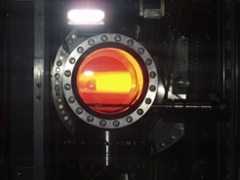 Center for Plasma-surface Interactions
Center for Plasma-surface Interactions
The Center for Plasma-Surface Interactions seeks to understand how material surfaces and plasma affect each other in a magnetic fusion device. CER collaborates with MIT and the University of Tennessee within this project, which is sponsored by the US Department of Energy.
Principal Investigator: Russell Doerner
Inertial Confinement Fusion (ICF)
Inertial Confinement Fusion (ICF) is one of two major routes to releasing energy by the process of nuclear fusion for energy generation purposes. Nuclear fusion is the process that provides energy for stars in which two light nuclei join (or fuse) together. The initial mass of the two particles which fuse together is greater than the mass of the product. This small difference in mass is converted into energy in accordance with Einstein’s famous relationship E=mc2 and is eventually released to the surroundings, where it can be captured to generate electricity.
Principal Investigator: Farhat Beg
Inertial Fusion Energy (IFE)
The High Energy Density Physics (HEDP) group is spearheading inertial fusion energy efforts at UC San Diego.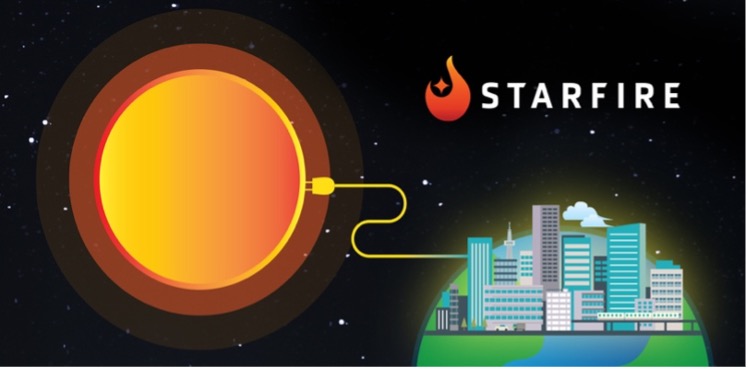 They have a strong collaboration with industry (MIFTI Tech, Blue Light Fusion, Focused Energy and General Atomics) and the National Laboratories (Lawrence Livermore National Laboratory and Los Alamos National Laboratory). The HEDP group has been working on both magneto inertial and inertial fusion energy schemes.
They have a strong collaboration with industry (MIFTI Tech, Blue Light Fusion, Focused Energy and General Atomics) and the National Laboratories (Lawrence Livermore National Laboratory and Los Alamos National Laboratory). The HEDP group has been working on both magneto inertial and inertial fusion energy schemes.
The HEDP group is a part of the national Inertial Fusion Energy (IFE) Science & Technology Accelerated Research for Fusion Innovation & Reactor Engineering (STARFIRE) Hub funded by the U.S. Departments of Energy.
This IFE hub will accelerate demonstration of high-gain target designs, target manufacturing and engagement and diode-pumped solid state laser technologies, with development of these technologies guided through an IFE-plant modeling framework. The project will also begin developing the workforce of the future for IFE through partnerships with leading universities and innovative new curriculum development and implementation.
The details of group’s IFE related activities can be found on the HEDP group website.
Principal Investigator: Farhat Beg
Pulsed Plasma Physics
CER investigates a range of inertial confinement schemes including hybrid schemes such as magneto-inertial fusion. Studies include target physics to realize gain, energy coupling to the load, chamber protection, and the demand and constraints of an integrated repetition-rated system for energy production. We draw on CER’s plasma physics expertise as well as its depth of knowledge in several fusion areas, engineering studies and fusion system design. We collaborate with other academic programs, national laboratories and private companies.
Principal Investigator: Simon Bott-Suzuki
ARIES
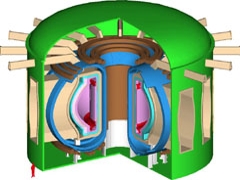 (1983-2014)
(1983-2014)
The ARIES program performs conceptual design studies for future fusion power plants. They simulate their operation in order to 1) explore their economic, safety, and environmental implications, 2) establish advantages and disadvantages of different systems, and 3) guide future research and development. ARIES is a national effort led by members of CER, with collaboration from national laboratories, industry, universities, and international organizations.
Principal Investigators: Farrokh Najmabadi, Mark Tillack
Sources: PPPL, CCFE
